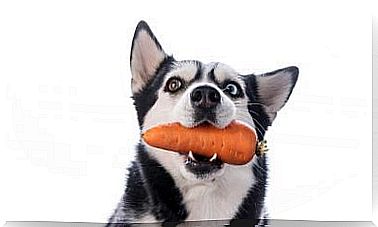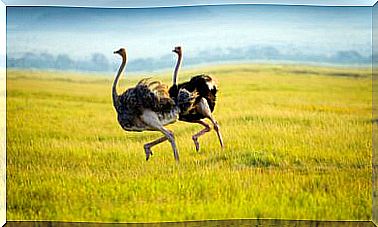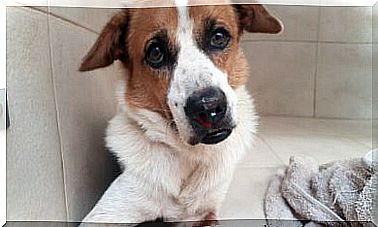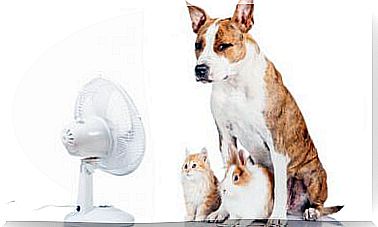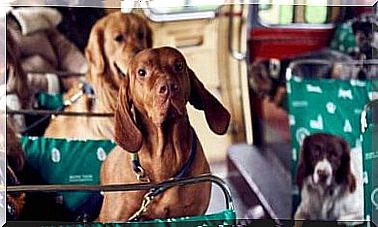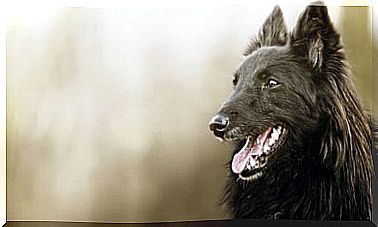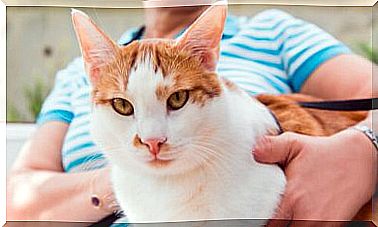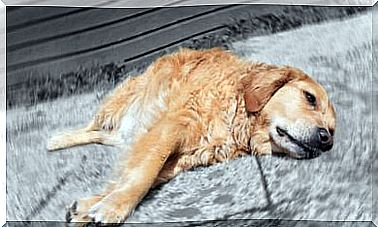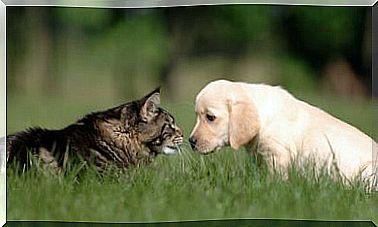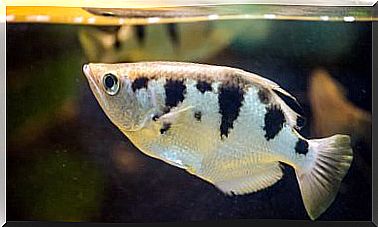Gastric Torsion In Dogs: A Very Serious Problem
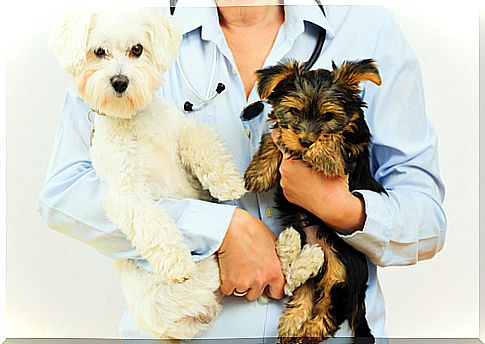
Gastric torsion in dogs is a very serious medical problem. This disease consists of a distention of the stomach with a possibility of torsion of this organ along its axis. This ailment seriously threatens the life of the animal.
What is gastric torsion?
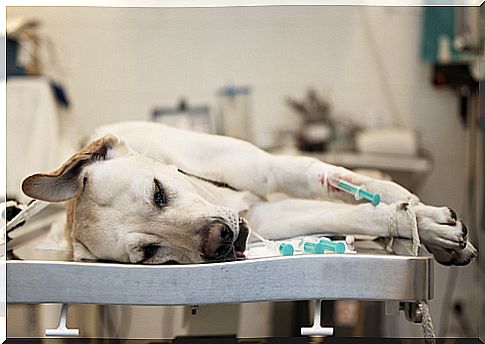
Gastric torsion involves the dog’s stomach turning on its axis and swelling (although it is not known whether the swelling occurs before or after torsion). The problem is that when turning, the stomach closes its entrance and exit, so the pet cannot discharge the contents of the stomach. The pressure of this organ increases and causes changes that can affect other organs and put the animal’s life at risk. If the situation is not corrected quickly, he will go into a state of shock and die.
Symptoms of gastric torsion are abdominal pain, stomach bloating, excessive salivation, nervousness, and the urge to vomit. It can also cause internal problems in the dog, such as weak contractions in the stomach muscles or hormonal hyperactivity.
As soon as the first symptoms appear, the dog must be taken to the vet to relieve stomach pressure and stabilize the patient. You may even need to have a surgical procedure to correct the torsion.
The clinical treatment of this disease is one of the most complicated, so, when it comes to this disease, better to be safe than sorry.
Causes of gastric torsion in dogs
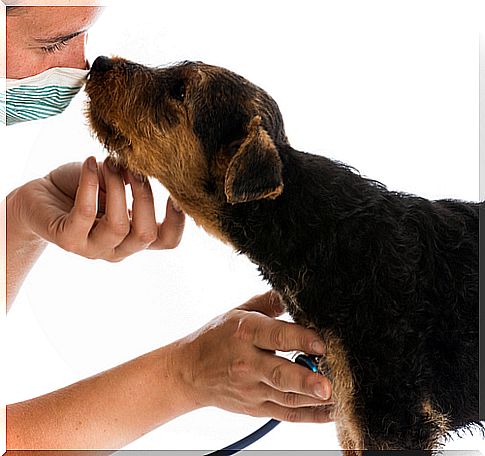
The exact causes of gastric torsion in dogs are unknown. It is thought that it may be a genetic disease, but studies have been inconclusive. What is known is that the disease is due to a weak fixation of the ligaments that support the stomach and that it frequently occurs in animals that belong to the same owner, so it is not ruled out that it may be a disease due to environmental conditions of your pet.
It is also not ruled out that it is due to an excessive intake of food or water, since if a dog eats in excess, it will strain the weakened ligaments.
We have to take into account that it has been man and not nature that has caused the formation of the different canine breeds. This “artificial” selection has been made so that each breed has very specific characteristics, which are normally aesthetic (size, volume, color, type of coat …), but can also be physical (specific abilities, natural aptitudes …).
As many of the dog breeds have been selected by the hand of man, nature has not had time to make the necessary changes in the dog’s organism, in other words, the evolution of the breeds is incomplete. And this means that nowadays dogs weighing more than 3kg are ideal candidates for this condition.
Who can get gastric torsion?
There are some breeds of dogs that are more prone to this disease than others, such as the large deep-chested breeds such as the German Shepherd, the Saint Bernard, the Borzoi, the German Shepherd and the Irish Setter. However, this disease has also been observed in smaller breeds, such as the Basset Hound, the Dachshund and the Pekingese.
Recommendations to avoid gastric torsion
Since the exact causes of gastric torsion are not known, it is best to try to reduce the risk with correct nutrition. To avoid this disease in dogs, it is best to divide the daily ration of food into two or three rations a day, take them to exercise at least one hour before and two hours after meals. In addition, breeds with a predisposition to this disease should eat in a calm environment to avoid swallowing excessive air with their food.
